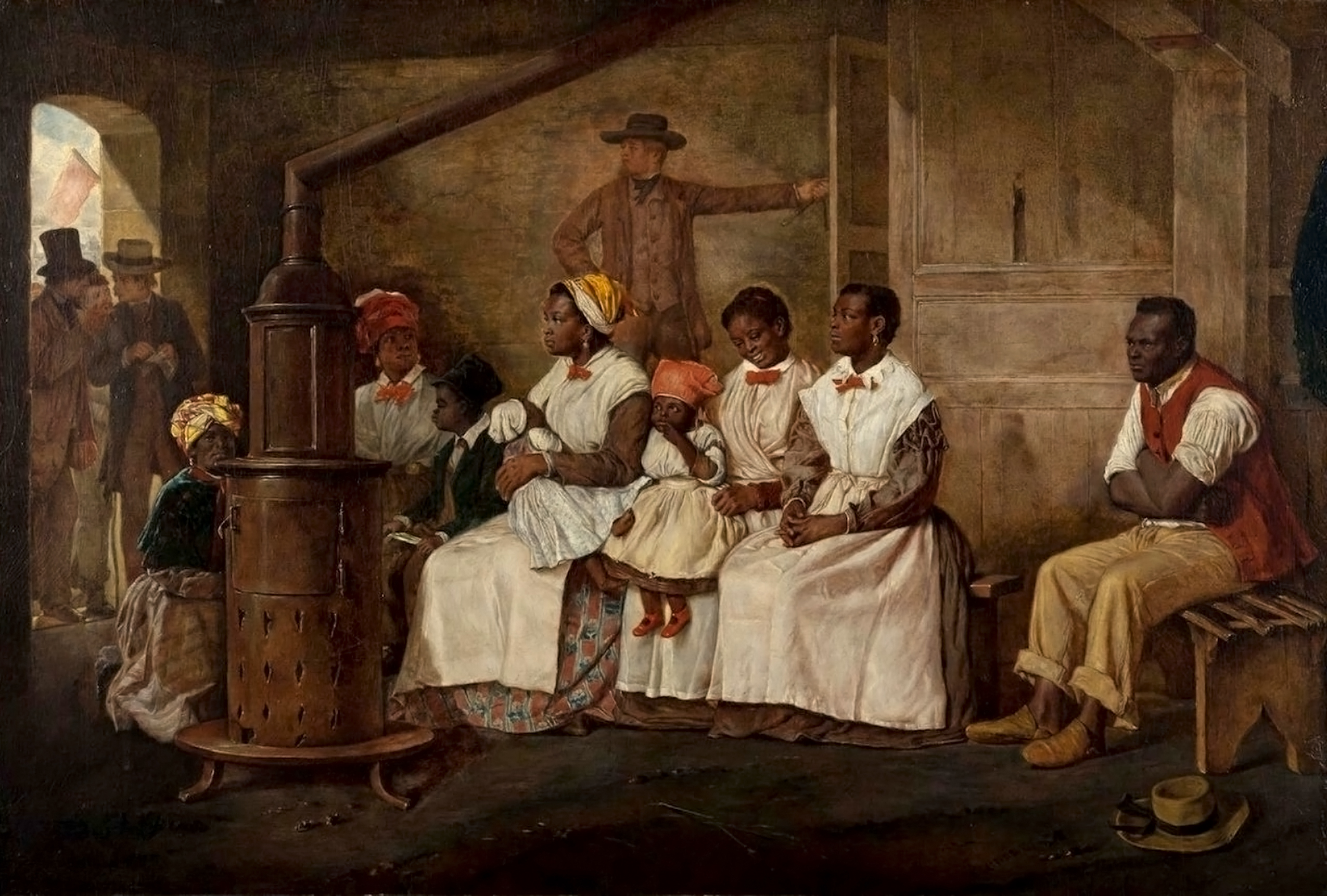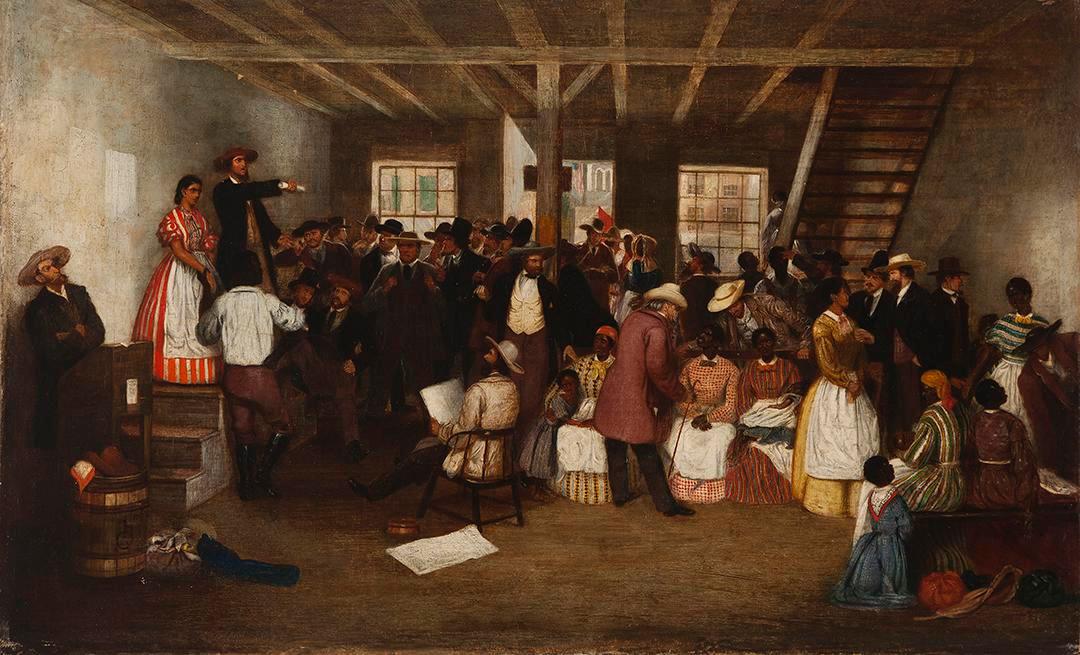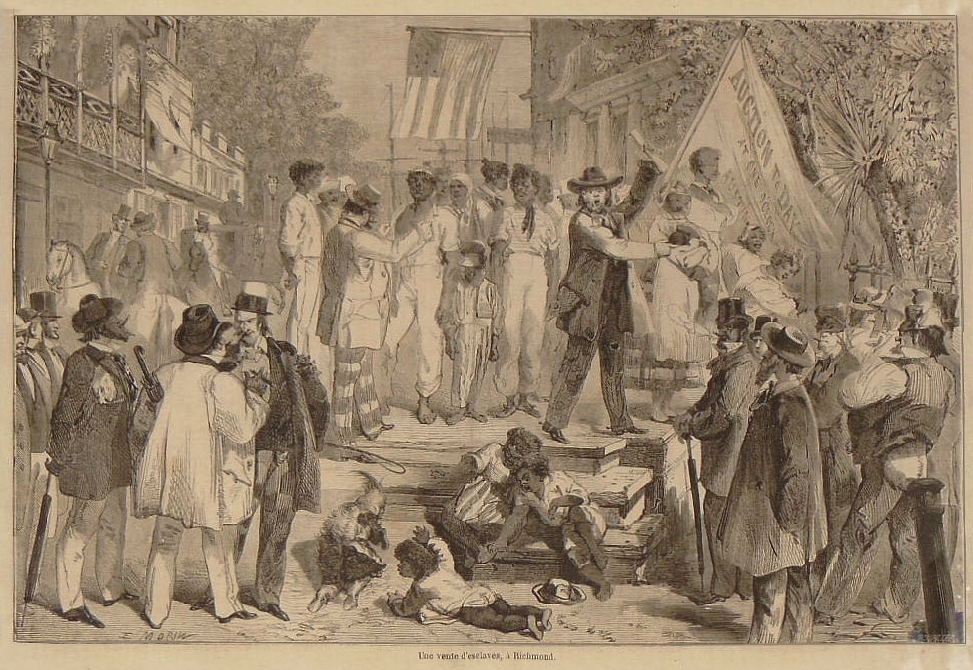User:Abulubada/sandbox
The Richmond Slave Market was the second largest
"The slave trade was far and away the state's largest industry and Richmond among its most heavily trafficked nodes."[1]
As the Virginia tobacco industry gradually declined due to soils exhausted by decades or centuries of intensive cultivation, the Virginia elite began to seek out alternative sources of revenue to be extracted from the enslaved population. The domestic slave trade became an important source of revenue, and the prospect of being sold "down south" was a constant threat looming over enslaved Virginians.[2]
In the 1840's, Virginia was the source of over one half of all domestically trafficked enslaved humans in the United States.[3]
Lumpkin's Jail, known as the "Devil's Half Acre" during the era of slavery, was only one of several detention facilities for enslaved humans awaiting sale.
- ^ "Richmond's Slave Market". Retrieved 2021-07-17.
- ^ Federal Writers' Project (1940). The Negro in Virginia. American Guide Series. New York: Hastings House.
- ^ "Richmond's Slave Market". Retrieved 2021-07-17.




